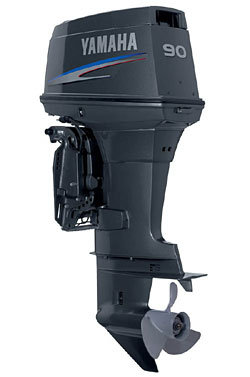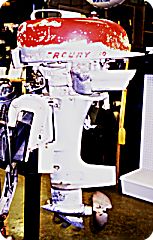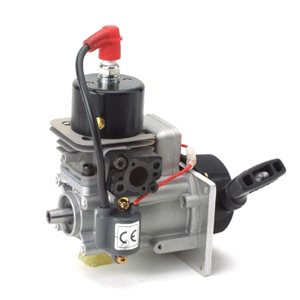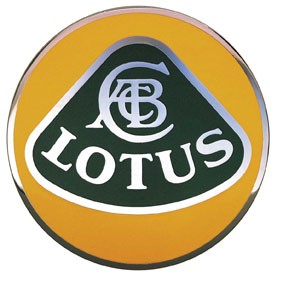Horsepower: Don’t Overdo It
 The lower-horsepower outboards highlighted yesterday are perfectly suitable for inflatables, canoes and other small craft, but what about those who want to step up their performance? Mid-range engines are tailor-made for fishermen and other boaters who appreciate the capability of traveling several miles at a time. Outboard motors in the 20 to 35 hp range fit the bill, providing crucial mobility for light fiberglass vessels and sailboats.
The lower-horsepower outboards highlighted yesterday are perfectly suitable for inflatables, canoes and other small craft, but what about those who want to step up their performance? Mid-range engines are tailor-made for fishermen and other boaters who appreciate the capability of traveling several miles at a time. Outboard motors in the 20 to 35 hp range fit the bill, providing crucial mobility for light fiberglass vessels and sailboats.
In general, you should select your ideal horsepower based on a boat’s weight and a boat owner’s desired level of mobility. It might take a 90 hp engine just to get a large pontoon or deck boat to plane. A sailboat won’t require a motor this large, however. Larger engines that generate excess horsepower can actually weigh down and impede the progress of a small boat.
Once you’ve selected an outboard motor with the proper size and power, it’s important to keep the engine well-tuned. By purchasing bulk motor oil, you can ensure that you’ll always have easy access to lubricant when it’s time to perform engine maintenance. This in turn will extend the life of your motor and allow you to enjoy many more summers out on the lake.



 Contrary to popular belief, not all 2-cycle engines are suited for the same purposes. For the most part, 2-cycles can be separated into two distinct groups: water-cooled engines and air-cooled engines. Outboard motors are typically run at high speeds for long durations and then throttled down once a boater reaches his or her destination. Recirculated water keeps these engines cool. On the other hand, most chainsaws are stopped and started frequently, and their engines are air-cooled.
Contrary to popular belief, not all 2-cycle engines are suited for the same purposes. For the most part, 2-cycles can be separated into two distinct groups: water-cooled engines and air-cooled engines. Outboard motors are typically run at high speeds for long durations and then throttled down once a boater reaches his or her destination. Recirculated water keeps these engines cool. On the other hand, most chainsaws are stopped and started frequently, and their engines are air-cooled.
